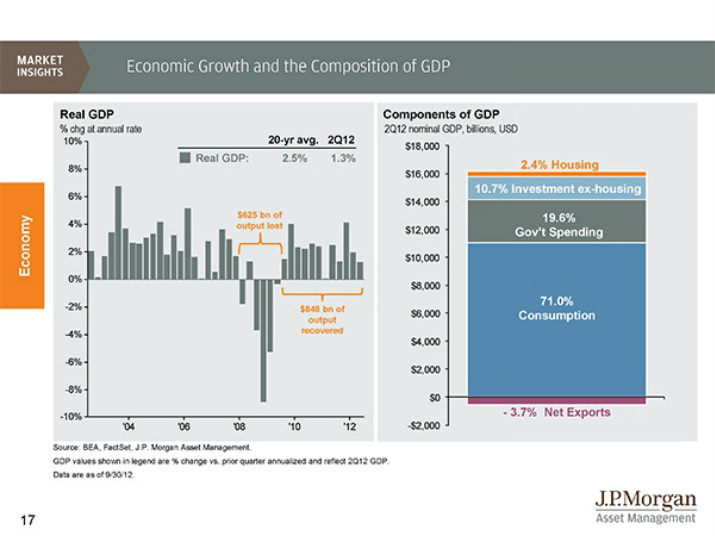How Much Do We Really “Know”? Isn’t Information the same thing as “knowledge”?
Having an abundance of information available to us has very little to do with being knowledgeable about anything. If you think about it, that’s a very bold statement to make. Doesn’t information lead us to knowledge automatically? No it doesn’t. And I think many people, if not most people, are confusing the two.
Here’s an example. Let's say you’re about to take your first shot at building your own home all by yourself. Now you have a choice of reading a book on the subject or not reading a book on the subject. Obviously having the book is helpful, but you still don’t know anything about building your own home until after you’ve done it. In other words, you’re no more knowledgeable about building a house after having read the book.
The same holds true with financial books and financial media. Just because you have the information available doesn’t make you any more knowledgeable, experienced or capable than the next person. This is something I help my clients with.
-D. Scott Bloom, CFP
The opinions voiced in this material are for general information only and are not intended to provide specific investment advice or recommendation for any individual. To determine which investment(s) may be appropriate consult your financial advisor prior to investing. All performance referenced is historical and is no guarantee of future results. All indices are unmanaged and cannot be invested into directly.
LPL FINANCIAL Member FINRA / SIPC
Having an abundance of information available to us has very little to do with being knowledgeable about anything. If you think about it, that’s a very bold statement to make. Doesn’t information lead us to knowledge automatically? No it doesn’t. And I think many people, if not most people, are confusing the two.
Here’s an example. Let's say you’re about to take your first shot at building your own home all by yourself. Now you have a choice of reading a book on the subject or not reading a book on the subject. Obviously having the book is helpful, but you still don’t know anything about building your own home until after you’ve done it. In other words, you’re no more knowledgeable about building a house after having read the book.
The same holds true with financial books and financial media. Just because you have the information available doesn’t make you any more knowledgeable, experienced or capable than the next person. This is something I help my clients with.
-D. Scott Bloom, CFP
The opinions voiced in this material are for general information only and are not intended to provide specific investment advice or recommendation for any individual. To determine which investment(s) may be appropriate consult your financial advisor prior to investing. All performance referenced is historical and is no guarantee of future results. All indices are unmanaged and cannot be invested into directly.
LPL FINANCIAL Member FINRA / SIPC











 RSS Feed
RSS Feed

